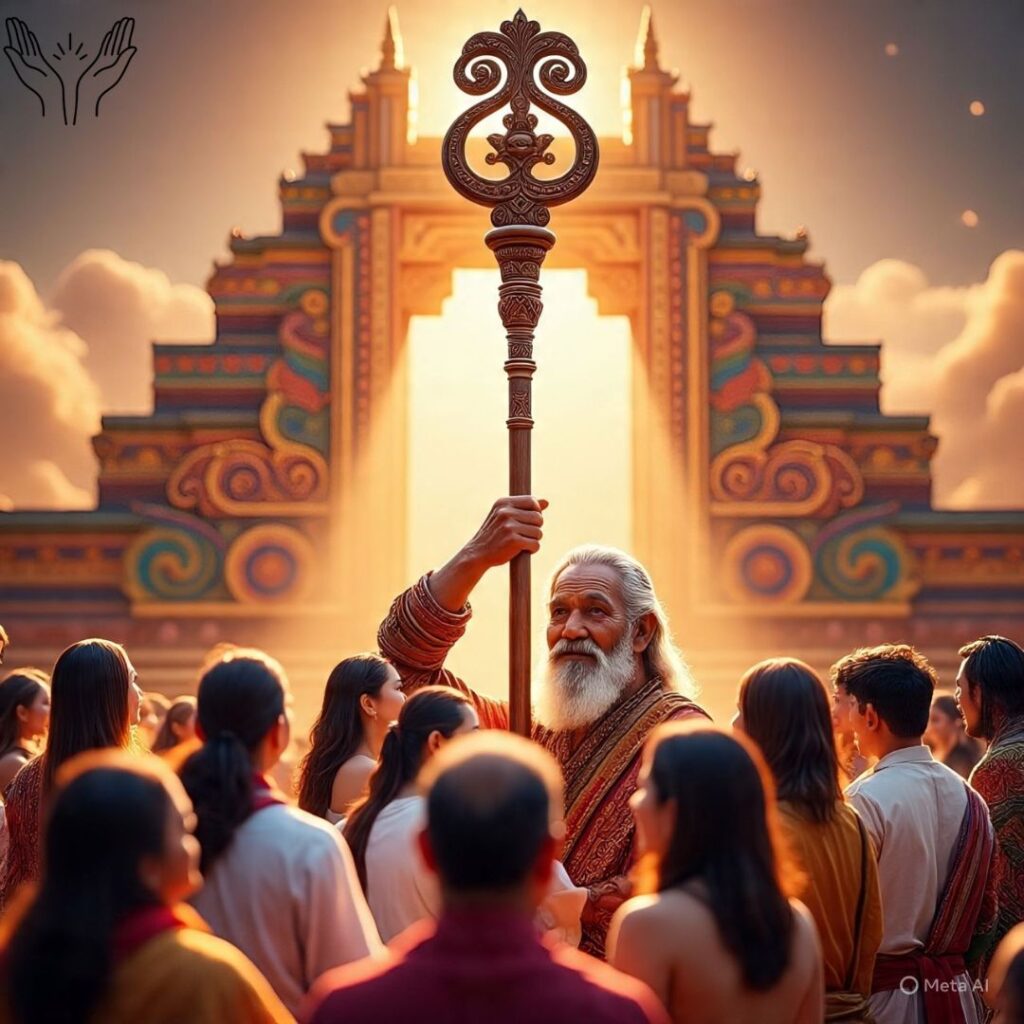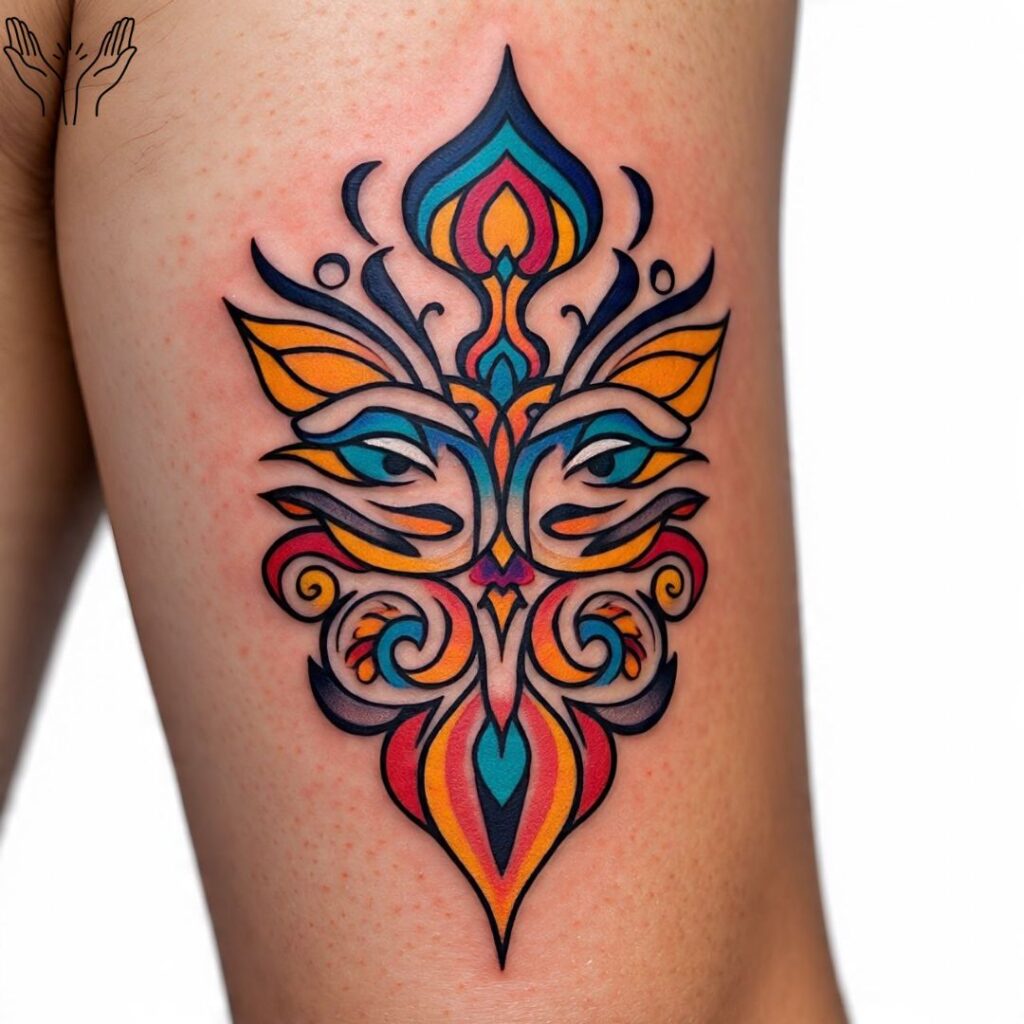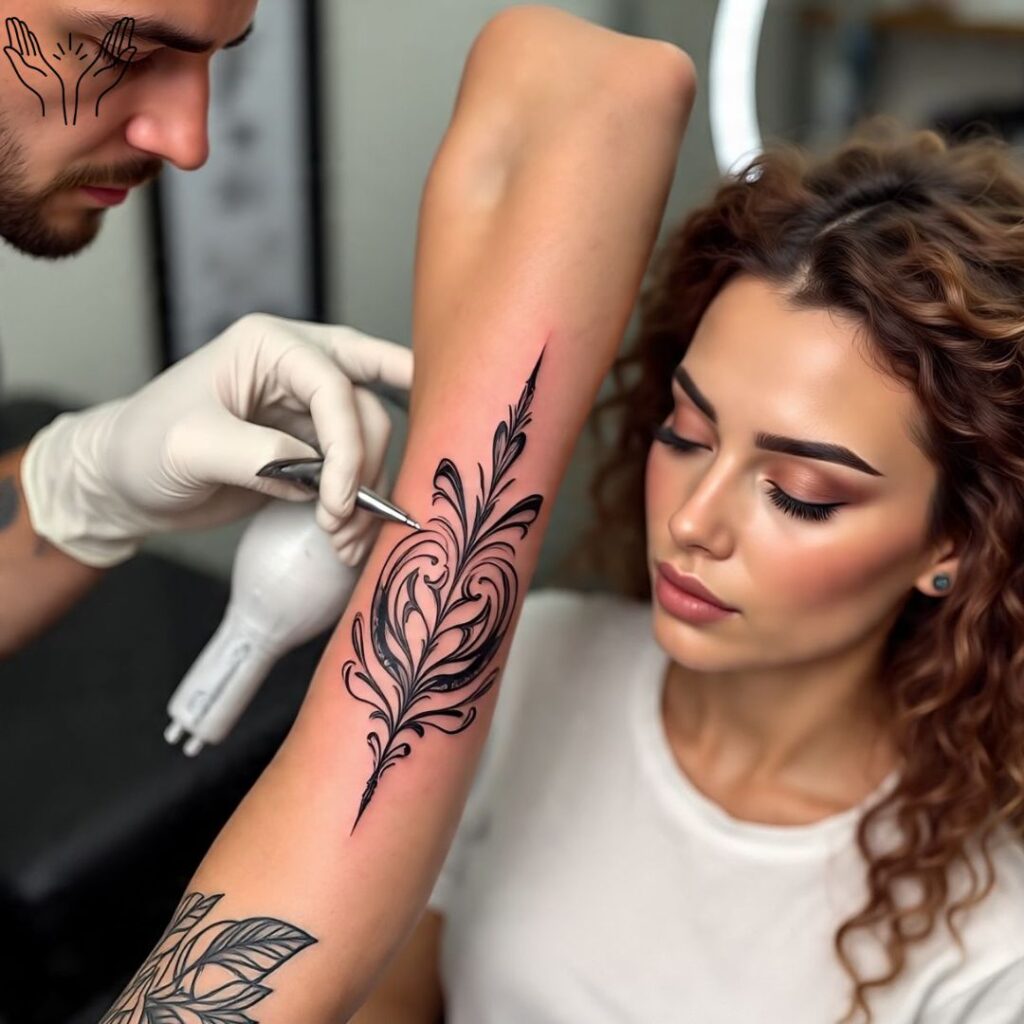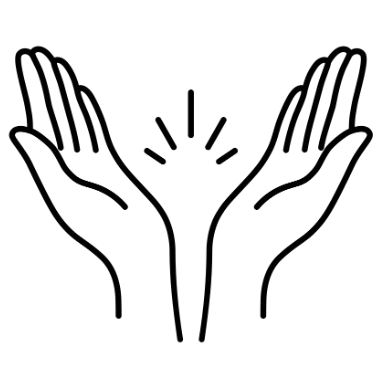The “Best Gaara tattoo meaning” represents one of the most profound and emotionally resonant symbols in anime tattoo culture. This iconic mark has transcended its fictional origins to become a powerful emblem of personal transformation, self-love, and resilience.
In this comprehensive guide, we’ll delve deep into the layers of meaning behind Gaara’s tattoo, exploring its cultural significance, design variations, and why it continues to inspire tattoo enthusiasts worldwide in 2025.
🙏 Divine Prayer Generator
Select a prayer category to begin
The Origin of Gaara’s Tattoo
Gaara’s tattoo originates from the beloved anime and manga series Naruto, created by Masashi Kishimoto. The character bears the kanji “愛” (ai) carved into his forehead, which translates to “love” in English. This seemingly simple symbol carries immense weight when understood within Gaara’s complex character development and tragic backstory.
As a Jinchūriki hosting the One-Tailed Shukaku, Gaara experienced a childhood filled with isolation, fear, and rejection from his own village. The tattoo serves as a constant reminder of his journey from a vessel of destruction to a beacon of hope and compassion.
Originally, this mark represented his mother’s love and sacrifice, but as his character evolved, it became a symbol of his own capacity for love and his role as a protector rather than a destroyer.
The placement of the tattoo on Gaara’s forehead is particularly significant in Japanese culture, where the forehead represents wisdom, enlightenment, and spiritual awareness. This positioning suggests that love and compassion are central to his identity and decision-making process.
Cultural and Symbolic Interpretations

The cultural depth of Gaara’s tattoo extends far beyond its anime origins. In Japanese kanji culture, “愛” is one of the most powerful and complex characters, encompassing various forms of love including familial affection, romantic love, and universal compassion. The character itself is composed of elements that represent care, protection, and emotional connection.
Within Buddhist philosophy, which heavily influences Japanese culture, love (ai) is considered one of the fundamental emotions that can lead to both suffering and enlightenment.
Gaara’s tattoo embodies this duality representing both the pain of unrequited love and the healing power of self-acceptance.
In contemporary tattoo culture, the Gaara tattoo has become a symbol of mental health awareness and emotional healing. Many individuals who have experienced trauma, depression, or feelings of isolation find resonance in Gaara’s transformation from hatred to love.
The tattoo serves as a reminder that even those who have experienced the darkest moments can find light through self-compassion and connection with others.
Gaara Tattoo Meaning in Different Contexts
The versatility of the Gaara tattoo meaning allows it to be interpreted across various personal and cultural contexts:
Personal Transformation: The tattoo symbolizes overcoming personal demons, trauma, and negative thought patterns. It represents the journey from self-hatred to self-love, making it particularly meaningful for individuals who have struggled with mental health challenges or personal adversity.
Parental Love and Protection: Given Gaara’s relationship with his mother’s memory and his role as a protective figure, the tattoo can represent unconditional parental love, sacrifice, and the desire to shield loved ones from harm.
Leadership and Responsibility: As Gaara becomes the Kazekage, his tattoo evolves to represent compassionate leadership and the responsibility to love and protect one’s community, making it appealing to those in leadership roles.
Spiritual Awakening: The tattoo can symbolize spiritual growth, enlightenment, and the recognition that love is the fundamental force that connects all beings.
Anime Fandom and Pop Culture: For devoted Naruto fans, the tattoo serves as a tribute to the series’ themes of redemption, friendship, and the power of never giving up on someone.
Why People Choose a Gaara Tattoo?
The appeal of the Gaara tattoo stems from its multifaceted symbolism and emotional resonance. People choose this design for various deeply personal reasons:
Overcoming Adversity: Many individuals who have faced significant challenges in their lives, including mental health struggles, addiction, or traumatic experiences, find inspiration in Gaara’s transformation. The tattoo serves as a permanent reminder of their own strength and capacity for change.
Self-Love and Acceptance: In an era where self-care and mental health awareness are increasingly important, the Gaara tattoo represents the ongoing journey toward self-acceptance and the radical act of loving oneself despite imperfections.
Connection to Community: The tattoo can represent the desire to move from isolation to connection, reflecting Gaara’s evolution from a lonely, feared individual to someone who forms meaningful relationships and leads with compassion.
Minimalist Aesthetic: The clean, simple design of the kanji appeals to those who prefer minimalist tattoo styles while still wanting something with deep meaning.
Cultural Appreciation: Some choose the tattoo as a way to honor Japanese culture and the philosophical concepts embedded in the kanji system.
Popular Tattoo Design Ideas

The Gaara tattoo offers numerous creative possibilities for customization while maintaining its core meaning:
Traditional Forehead Placement: The most authentic approach, placing the kanji exactly where Gaara wears it. This bold placement makes a strong statement about the wearer’s commitment to the symbol’s meaning.
Forearm and Wrist Designs: Popular alternatives that offer visibility while being more workplace-friendly. These placements allow for easy concealment when necessary.
Behind the Ear: A subtle yet meaningful placement that can be easily hidden by hair while still serving as a personal reminder.
Incorporating Sand Elements: Adding flowing sand patterns, desert imagery, or gourd motifs can enhance the design while paying homage to Gaara’s unique abilities.
Combination with Other Naruto Elements: Some choose to incorporate other symbols from the series, such as the Hidden Sand Village symbol or elements representing other beloved characters.
Calligraphy Styles: Experimenting with different brush stroke styles can create unique interpretations of the kanji while maintaining its meaning.
Color Variations: While traditionally black, some opt for red ink to match Gaara’s association with sand and desert imagery.
Texting Examples for Gaara Tattoo Meaning
Here are contemporary ways people might discuss or reference the Gaara tattoo meaning:
✨ “Finally got my Gaara tattoo – the ‘love’ kanji hits different when you understand the backstory 🖤”
🎨 “Gaara’s forehead tattoo is honestly the most meaningful anime symbol ever created”
❤️ “Planning a Gaara tattoo to remind myself that choosing love over hate is always the stronger path”
🌟 “The depth behind Gaara’s ‘ai’ tattoo is exactly why Naruto remains so impactful”
☕ “Saw someone with a Gaara tattoo today and immediately felt that connection we both know the struggle”
🦊 “Gaara’s character development is why his tattoo resonates with so many people dealing with mental health”
🎶 “Getting a Gaara tattoo next month to honor my own healing journey”
✨ “The ‘love’ kanji from Gaara is such a powerful reminder that we all deserve compassion”
✅ “I love how Gaara’s tattoo represents finding strength through vulnerability”
🌈 “A Gaara tattoo isn’t just anime art it’s a statement about choosing love in a world full of pain”
Choosing the Right Tattoo Artist

Selecting the appropriate tattoo artist is crucial for achieving an authentic and aesthetically pleasing Gaara tattoo. Consider these important factors:
Experience with Kanji: Look for artists who have demonstrated experience with Japanese characters and understand the importance of proper stroke order and proportions.
Anime Tattoo Portfolio: Review artists’ previous work with anime-inspired tattoos to ensure they can capture the style and essence of the design.
Cultural Sensitivity: Choose artists who approach Japanese cultural symbols with respect and understanding, avoiding appropriation while honoring the source material.
Line Work Quality: The clean, precise lines essential for kanji require skilled craftsmanship and steady hands.
Consultation Process: A good artist will discuss the meaning behind your chosen design and help you consider placement, size, and any modifications.
Aftercare for a Gaara Tattoo
Proper aftercare is essential to ensure your Gaara tattoo heals correctly and maintains its appearance:
- Initial Care: Keep the tattoo clean and apply a thin layer of recommended aftercare ointment for the first few days.
- Moisturizing: Use fragrance-free, gentle moisturizers to prevent scabbing and promote healing.
- Sun Protection: Avoid direct sunlight during the healing process and use SPF protection long-term to prevent fading.
- Activity Restrictions: Avoid swimming, excessive sweating, and activities that might damage the healing tattoo.
- Follow-up Care: Schedule any necessary touch-ups with your artist once the tattoo has fully healed.
Conclusion
The best Gaara tattoo meaning encompasses themes of transformation, self-love, resilience, and the power of choosing compassion over hatred. This iconic symbol from Naruto has evolved beyond its fictional origins to become a meaningful emblem for individuals seeking to honor their own journeys of growth and healing.
Whether you’re drawn to the tattoo for its connection to anime culture, its representation of personal transformation, or its beautiful simplicity as a design, the Gaara tattoo offers a timeless reminder that love – especially self-love – is the most powerful force for positive change.
As we move through 2025, this symbol continues to inspire new generations of tattoo enthusiasts who find strength in Gaara’s message that even those who have experienced the deepest pain can emerge as beacons of hope and compassion.

Daniel Miller is a passionate writer, SEO expert, and blogger, specializing in Bible verses, prayers, and faith-based content at PrayerVibe.







